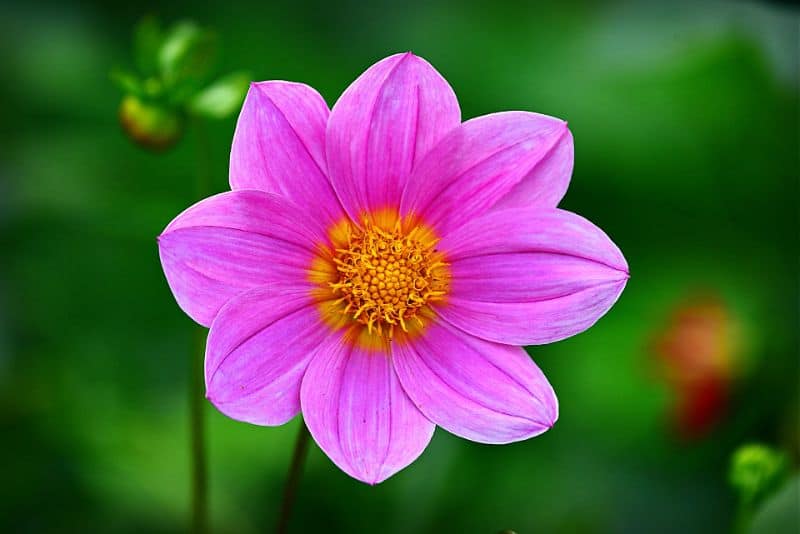Cosmos are some of the most popular garden plants, and for good reason – they’re easy to grow and come in a variety of colors. In this article, we’ll teach you how to grow and care for cosmos so you can enjoy beautiful blooms all summer long. Keep reading for tips on watering, fertilizing, pest control, and more!
Best Cosmos Varieties
| Image | Name | Rating | Shop |
|---|---|---|---|
 | Cosmos(Cosmos bipinnatus) Flower Seed Mix | ||
 | Cosmos USA Mix | ||
 | Crazy Mix Cosmos |
How to Grow and Care for Cosmos
Cosmos Hardiness Zones
Cosmos are annuals and they can be grown in Zones 2–11 (USDA), making them one of the most versatile and easy-to-grow garden plants. Though they are originally from Mexico, they perform well in a variety of climates and soils.
How Much Sun Do Cosmos Need
In order to get the full benefits of cosmos, they need quite a bit of sun. If possible, choose a spot in your garden that gets at least six hours of direct sunlight each day. Cosmos also like warm weather, so if you live in an area with cooler summers, you may want to consider planting them in a pot or other container so you can move them around as needed to ensure they get enough sun.
Cosmos Soil Requirements
Cosmos are not fans of sitting in wet, mucky conditions and will quickly succumb to root rot if their roots are waterlogged. A telltale sign that your cosmos plants are not getting enough drainage is yellowing leaves and wilting stems.
Cosmos Soil pH
The ideal pH range for cosmos is 6.0–6.8.
Cosmos Plant Spacing
There’s no one-size-fits-all answer to this question, as the ideal plant spacing for cosmos will vary depending on the variety you’re growing and the conditions in your garden. However, a good rule of thumb is to space cosmos plants about 2.5 feet apart. This will give them room to spread out and reach their full potential without overcrowding.
Cosmos Temperature Requirements
Cosmos thrive in the heat, so it’s important to grow them in a warm area in your garden. Make sure they have plenty of direct sunlight, and if you live in a colder climate, consider planting them near a foundation or driveway to keep them warm.
Cosmos Fertilizer Requirements
Most people think that cosmos need a lot of fertilizer in order to flower, but this isn’t actually the case. Cosmos will do just fine in marginal soil, and too much fertilizer can actually inhibit flowering. The key is to not overdo it and to understand what your cosmos plants need and only fertilize lightly if you see any signs of nutrient deficiencies.
Cosmos Water Requirements
Cosmos need very little water to thrive, making it a perfect choice for gardeners in drought-prone areas. Once established, they are also considered low-maintenance plants that only need watering during periods of prolonged drought.
Cosmos Humidity Requirements
Cosmos will grow just fine in areas with humidity levels ranging from 30% to 85%. However, they will do best in areas that maintain a humidity of 70% to 80%.
Cosmos Pests
Aphids, flea beetles, and thrips are all common pests that can be found on cosmos plants.
Related Articles:
Cosmos Diseases
There are a few different diseases that can affect cosmos, including aster yellows, bacterial wilt, and powdery mildew.
Aster yellows is a virus that causes yellowing of the leaves and stunted growth.
Bacterial wilt is a bacterial infection that causes the leaves to wilt and die.
Powdery mildew is a fungal infection that causes a white powdery coating on the leaves and buds of the plant.
















